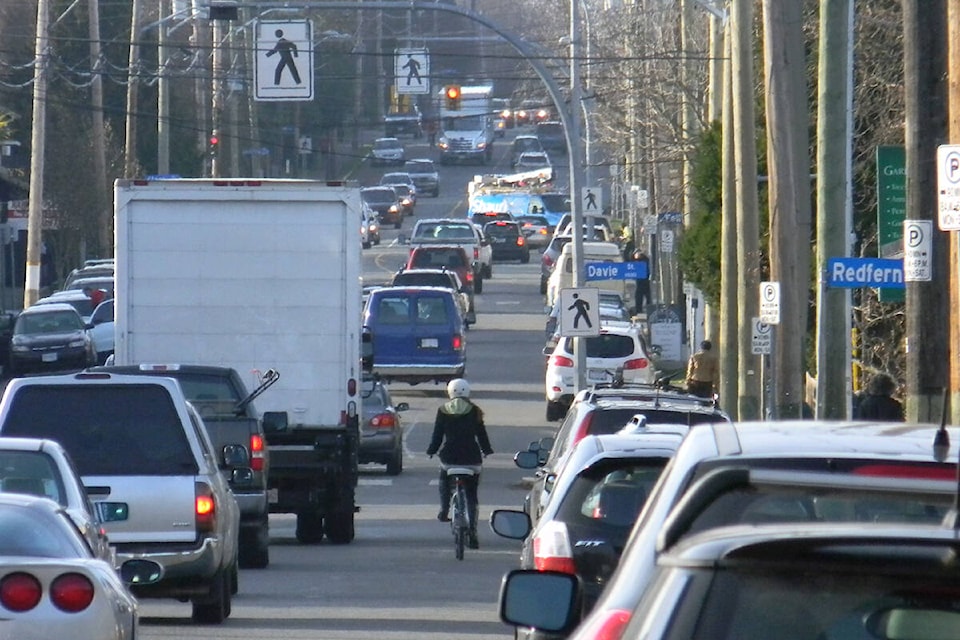The City of Victoria sees funding opportunities in the federal government’s plan to reduce carbon emissions by 40 to 45 per cent below 2005 levels by 2030.
The federal Liberals tabled the 2030 Emissions Reduction Plan in the House of Commons on Tuesday (March 29) – a legislated requirement under the net-zero emissions law the government passed last year. It also proposes about $9 billion in new spending to reach emissions reduction targets.
The federal plan aligns with the city’s climate action strategy, Mayor Lisa Helps said in a statement in which she also applauded the feds for recognizing the role of local governments in influencing emission cuts.
But cities will need help to reach the ambitious 2030 targets. Helps said the funding announced through the plan will create meaningful relationships, build awareness and shift behaviors.
“To optimize investment results, we would like to see more of the Low Carbon Economy Fund earmarked for a specific municipal allocation that would allow local decarbonization projects to move forward more quickly,” Helps said.
The federal plan includes a $2.2-billion renewal of the Low Carbon Economy Fund.
READ: Victoria aims to add 650 public electric vehicle charging stations over 5 years
The 2030 Emissions Reduction Plan outlines how the government will address the country’s top pollution sources.
Transportation accounts for a quarter of Canada’s emissions and it’s also the top greenhouse gas source for the Capital Region. Touting high electric vehicle adoption and its plan to add hundreds of charging stations by 2027, Victoria sees potential in the federal strategy to drive up low-carbon travel.
The feds are proposing another $1.7 billion for electric vehicle rebates and $900 million for the electric vehicle charging infrastructure. Helps said tapping into these funds will add to the electric vehicle momentum the Capital Region is already experiencing.
Multi-year funding will also be key to local governments meeting climate goals, the mayor said.
“This allows planning certainty so we don’t have to roll the dice every year with funding asks.”
The city looks forward to continuing to work with the federal and other local governments to deliver on “climate goals for the good of our communities, our economies and our collective future,” Helps said.
READ: Oil and gas sector emissions need to be cut two-fifths by 2030, new climate plan says
READ: Road vehicles drove Capital Region’s 2020 greenhouse gas emissions, despite COVID-19 impacts
Do you have a story tip? Email: vnc.editorial@blackpress.ca.
Follow us on Twitter and Instagram, and like us on Facebook.
